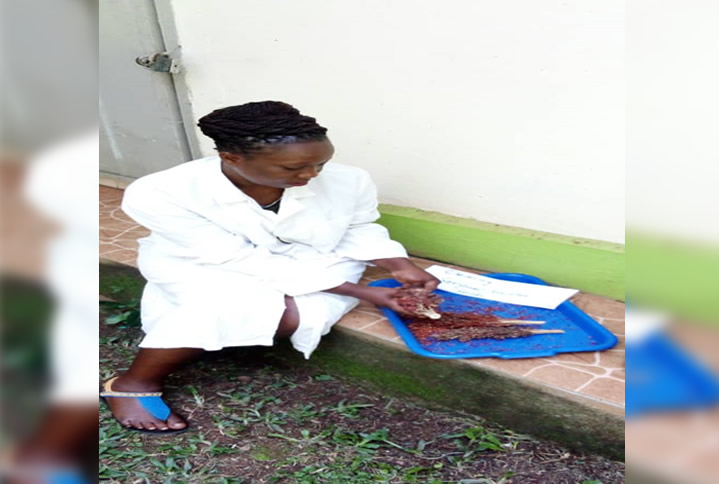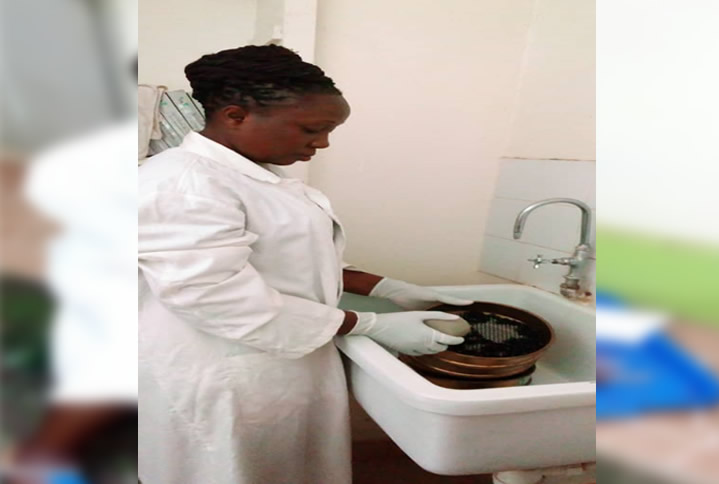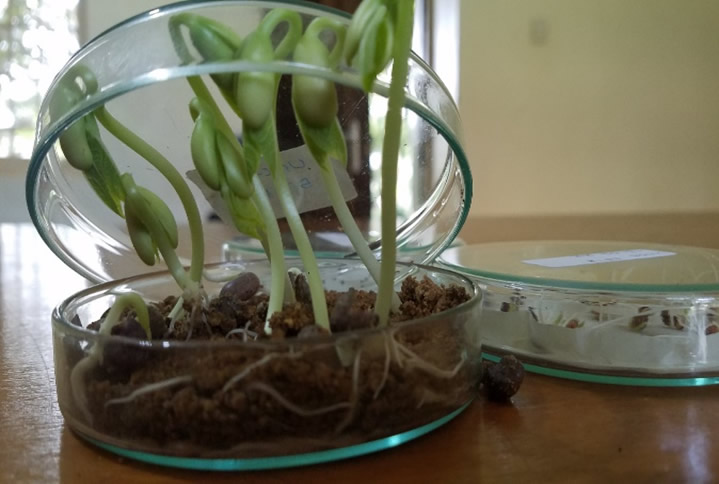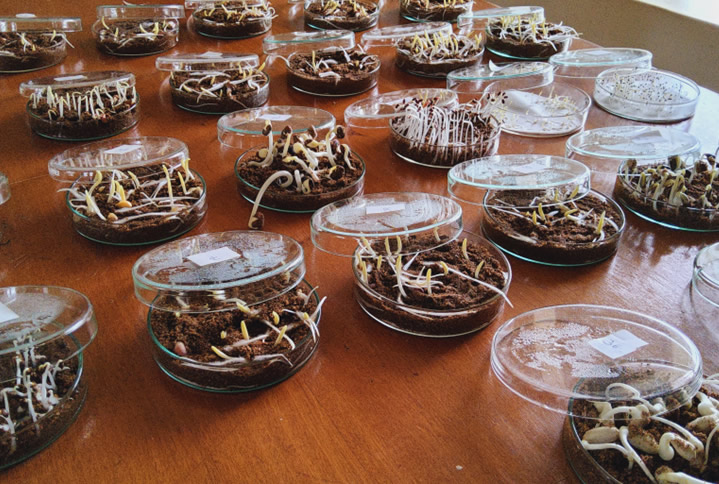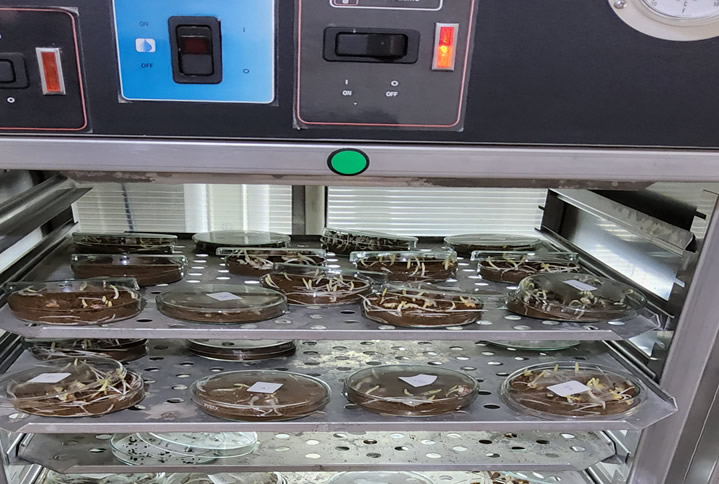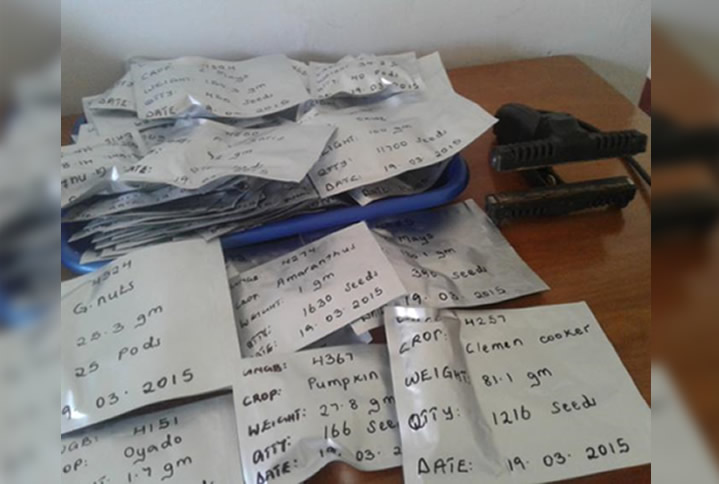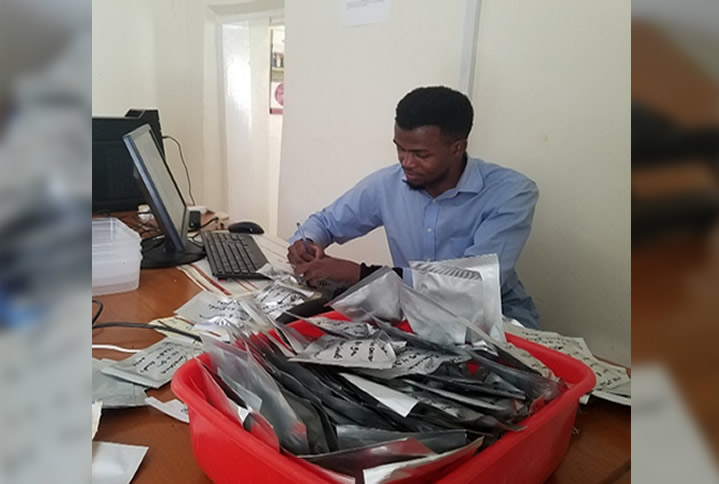Activities at the genebank
Germplasm exploration and collection
The genebank endeavours to collect our local diversity from different agroecological zones of Uganda for current and future use. Seed samples are secured from numerous natural disasters, external factor and human caused damages.
Seed collecting takes place in maturity to attain maximum seed quantity and quality. Sources of seed include farmers, breeders and donors. The seed is acquired legally from farmers by signing a Prior Informed Consent (PIC) form. Collection missions require adequate preparations for proper identification of collection sites, proper identification of samples, recording of passport data and herbarium voucher specimen.
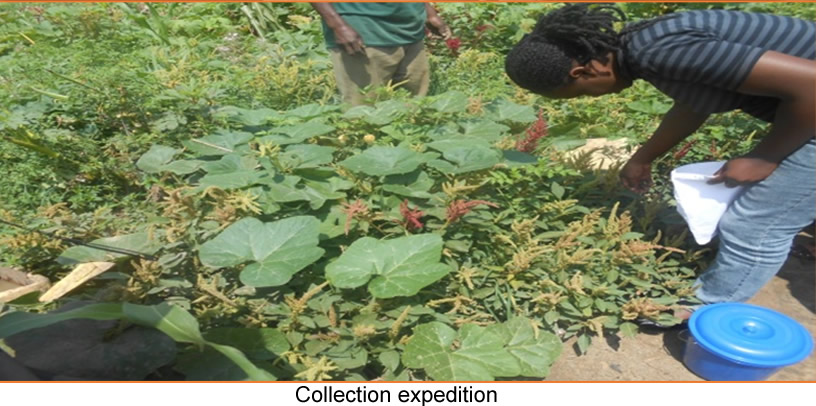
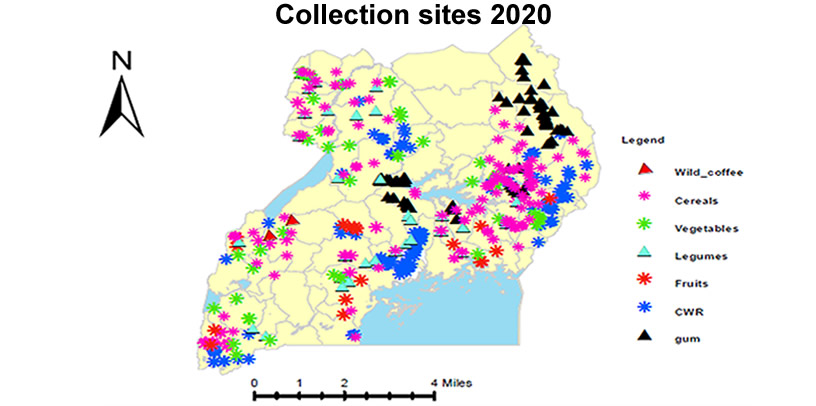
Genebank management procedures
Different sections of the genebank are handled by skilled staff. The sections include a germplasm recipient room, a laboratory, seed storage, documentation and information unit. On arrival, the genebank strives to ensure that collections are thoroughly cleaned. Moisture content determination, viability testing and packaging in aluminium foils packets which are hermetically sealed is emphasised to prolong seed storage life.
Seed cleaning
Viability testing
Seed packaging
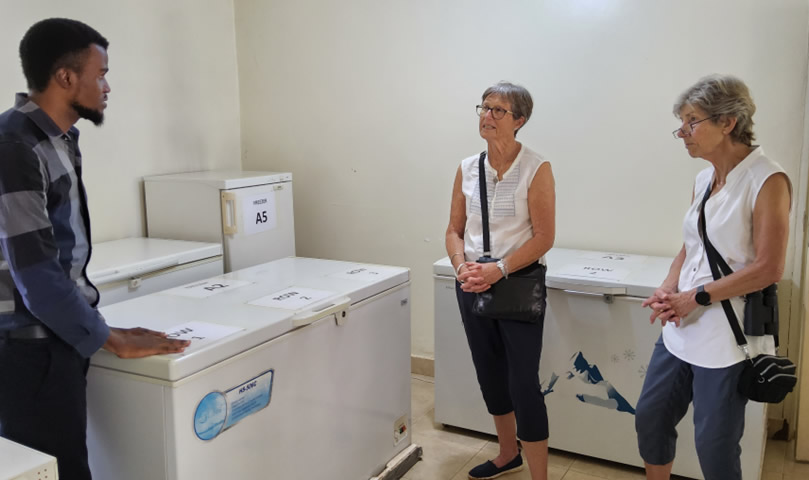
Cold room storage
Germplasm Storage
At the National Genebank seed samples are frozen for decades. The samples are stored using both Active and Base storage methods. However, the Genebank also Safely duplicates samples in the Svalbard Seed Vault, Norway.
The Active collection comprises of samples which are available for immediate multiplication, distribution and use while the Base collection has samples preserved for long-term conservation. Seeds are not distributed from the base collection.
The Active collection comprises of samples which are available for immediate multiplication, distribution and use while the Base collection has samples preserved for long-term conservation. Seeds are not distributed from the base collection.

